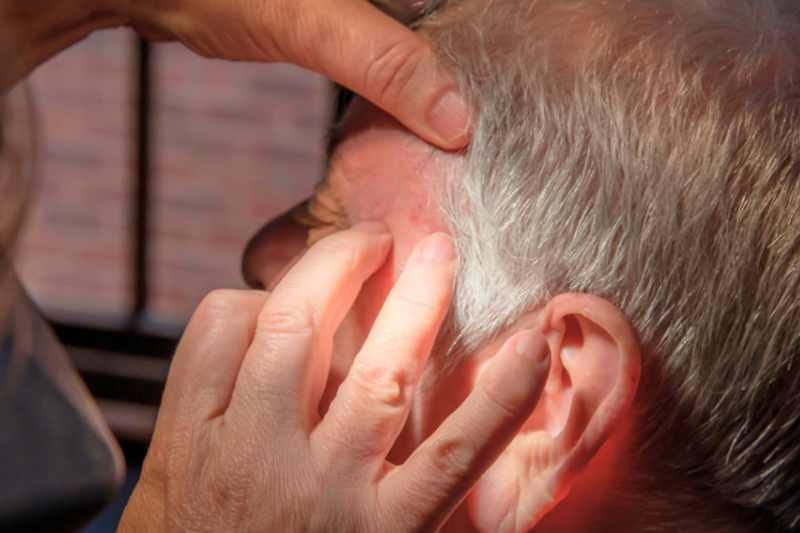Mapped Serial Excision (MSE)
Mapped Serial Excision (MSE) is a technique utilised for specific skin cancers known to be extremely difficult to clear with standard surgical excision and for which Mohs Surgery is not appropriate.

What is MSE?
The skin cancer is excised with a narrow margin of normally appearing skin and carefully oriented, mapped, divided and inked (as in Mohs surgery). The removed pieces of tissue are placed in formalin (a preservative) and sent to the pathology laboratory where the tissue is examined by a Pathologist utilising specialised stains and techniques.
The patient’s wound is meanwhile securely dressed and the patient returns home. He or she returns when the pathology report has been received by the Dermatologist which may be within 24 hours and further excisional surgery is performed according to any residual positivity for cancer. This process is repeated until it is certain that the lesion has been completely removed. Once this stage has been reached, the surgical wound can be reconstructed. The patient takes antibiotics during this entire process which can be as short as 2 days or longer than a week.
Which cancers are treated with MSE?
Slow growing forms of melanoma which typically appear on the head and neck, as well as rare cancers known as sarcomas are most commonly treated with MSE.
Why not use Mohs surgery?
The cells of some tumors are distorted by the freezing process used in Mohs Surgery making subsequent microscopic interpretation of these cells difficult. Hence the tissue must be preserved via the use of formalin.
In addition, these cancers frequently require additional specialised testing which cannot be easily performed in the Mohs laboratory.
What are the cure rates?
MSE is associated with cure rates of the order of 95% if used for appropriately chosen cancers.
